Vienna’s Leitz Photographica Auctions celebrated its 20th year in business this week when it sold the camera of the man who invented 35-mm photography for €14,400,000 (US$15,147,360), smashing the previous world record of €2,400,000.
Oskar Barnack was just 34 years of age when he built, in 1913, what would later become the first commercially successful 35mm still-camera, subsequently called Ur-Leica for Ernst Leitz Optische Werke.
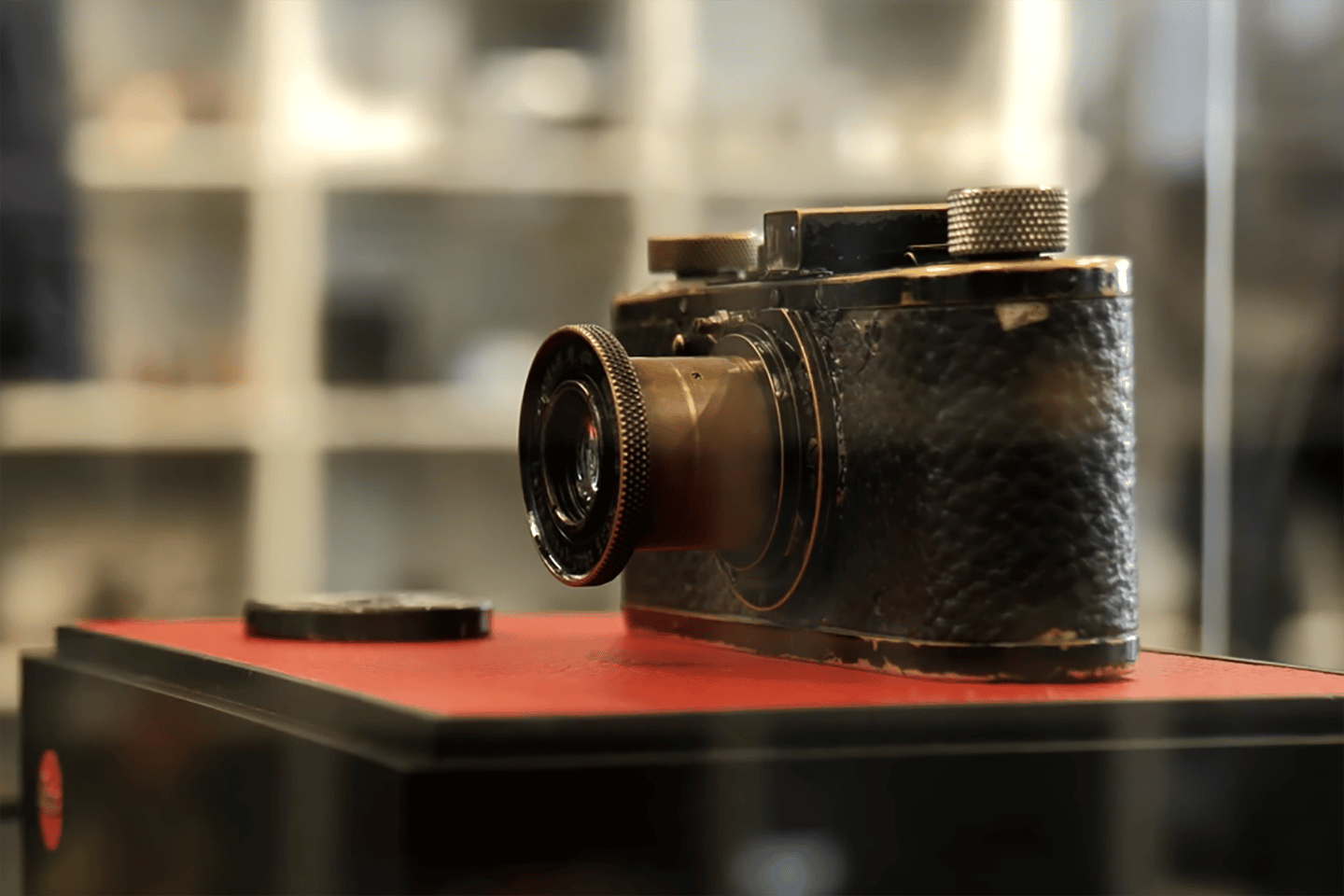
Leica
Before the Leitz Camera went into production in the mid-1920s, almost instantly making 35 mm the new standard format for professional photographers, it is thought that around 20 examples of the O-Series were manufactured. Only a dozen of the originals are extant and when they go to auction, they invariably sell for more than a million dollars. The most recent examples prior to this have fetched $2,953,920 (Serial Number 122), $2,720,304 (Serial Number 116) and $1,890,108 (Serial Number 107).

Leica
Barnack adapted 35-mm cinematic film for still camera use with a larger negative than other 35-mm cameras of the time. The pronged-film rollers holding the perforated film allowed more precision than typical paper-backed roll film.
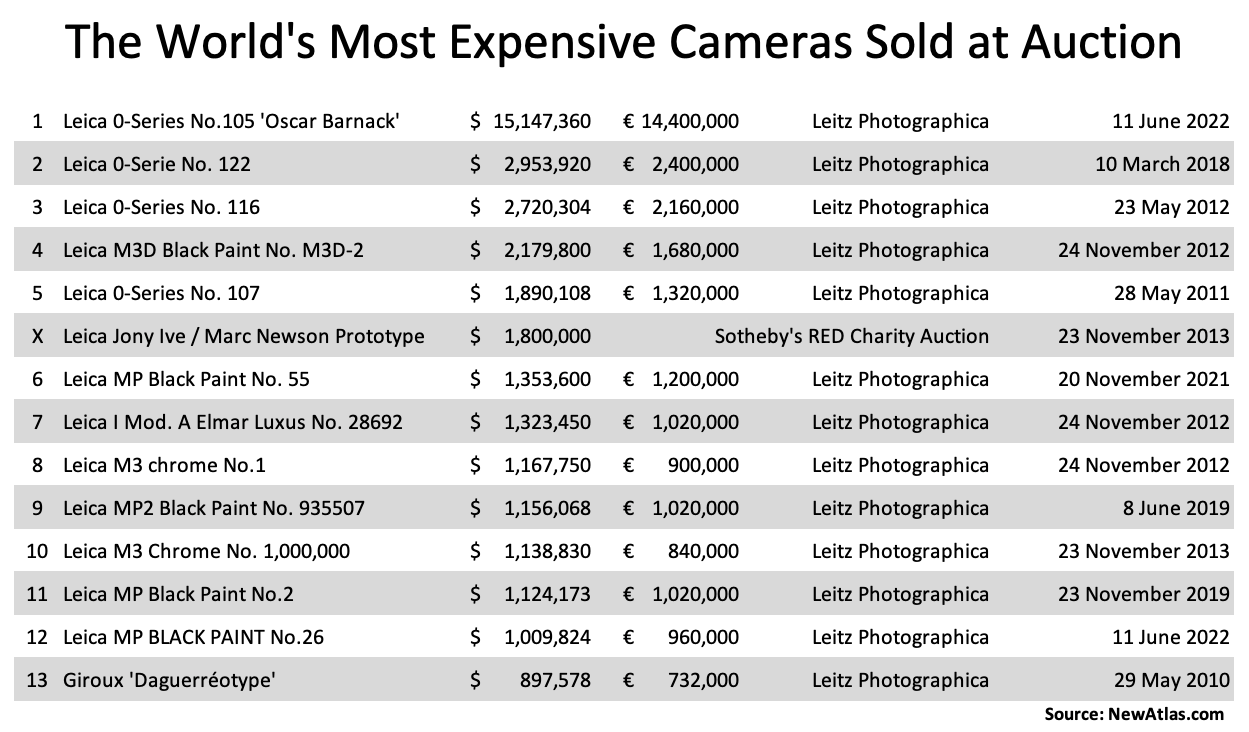
NewAtlas.com
His design was revolutionary because he transported the film horizontally, allowing an extended frame size to 24 x 36 mm with a 2:3 aspect ratio, instead of the 18 x 24 mm of cameras that carried the film vertically. Negatives in this small format could be enlarged to obtain sharper positive images. For this to be effective, the camera also needed a high-quality lens capable of producing the larger format film’s quality.
Many of the world’s greatest photographers have used the Leica, with names such as Henri Cartier-Bresson, Aleksander Rodchenko, Ilse Bing, Lee Miller, Robert Doisneau, Arthur Rothstein, Helmut Newton, Diane Arbus and Georgia O’Keeffe among the ranks, but certainly the most celebrated of all at auction is Man Ray.
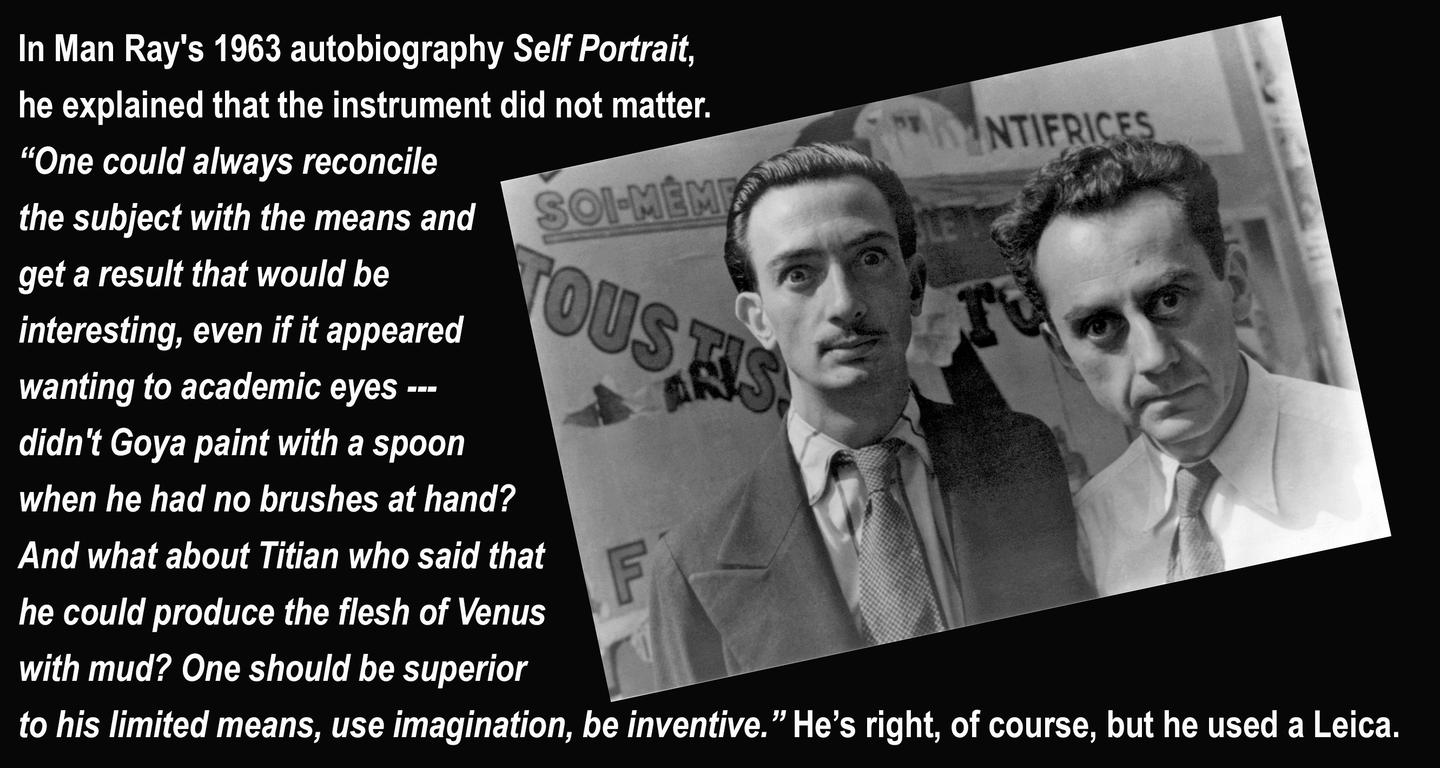
Statistically, American Man Ray is now the world’s most valuable photographer. and his work has now elevated him well beyond all others. He protested that the quality of the camera didn’t matter, but he used a Leica.
He set his first world record price for a photograph when his “n°06 Rayograph” from “Champs Délicieux” sold for $126,500 in 1990.
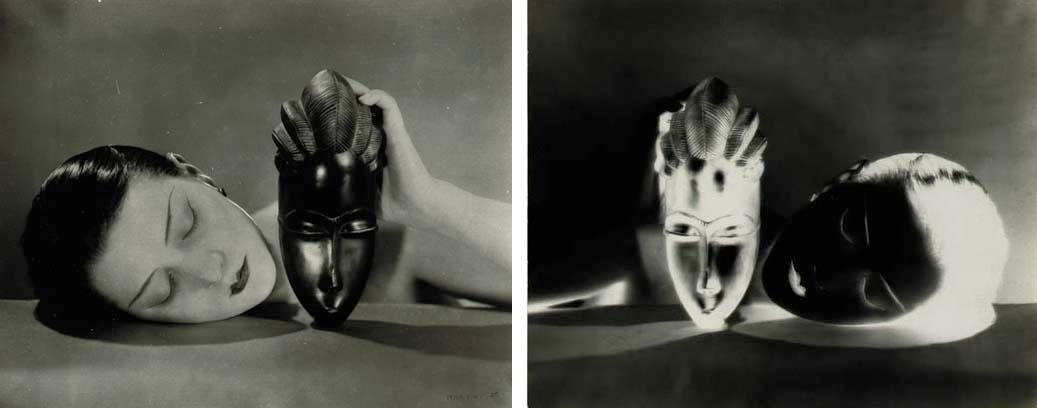
In 1993, “Glass Tears” (1932) sold for $193,895 to give him a second world record, and in 1998, in the midst of a global forgery scandal of his photographs, “Noire et Blanche” (1926) sold for $607,500 to give him his third world auction price record .
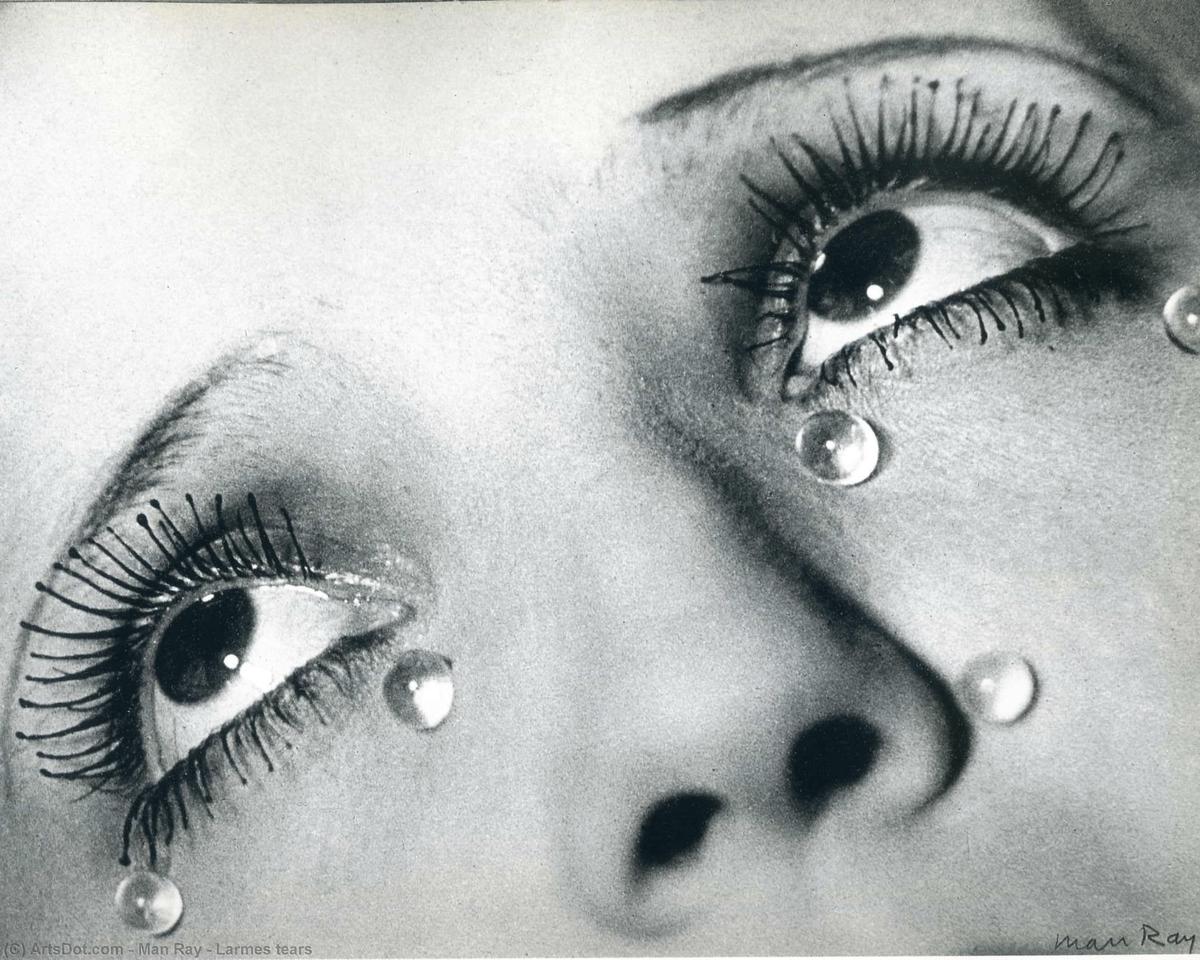
This price was remarkable in many ways but mostly because it was achieved in the months following international news of the biggest photography forgery scandal in history, and specifically about the mass forgery of Man Ray’s work.
On 7 April 1998, Paris daily newspaper Le Monde broke the news of a counterfeiting ring that had produced scores of Man Ray photographs, feeding them into the fine art marketplace over two decades. Every newspaper of worth in the world followed the story, and it was slowly but surely smothered and obfuscated and even two decades later, no-one is quite sure what happened.
Some suggested reading on the subject: Intrigue in the World of Photography II: The Fake Man Ray Prints and ArtCult France’s Adrian Darmon also weighs in on the scandal.
The prints were produced from copies of the original negative plates, sometimes on photographic paper manufactured as recently as the 1980s and 1990s, certificates of authenticity had been issued, sales had been made through reputable dealers and at auction and the Man Ray scandal rocked the art world like no other before or since.
Many experts believe that “scores” of forged Man Ray photographs are hanging in the finest collections, museums and art galleries in the world still … and as the scandal broke open, Man Ray set another world record.
“Glass Tears” became the first photograph to sell for more than a million dollars when San Francisco collector John A. Pritzker paid $1.3 million privately.
Source of Article
